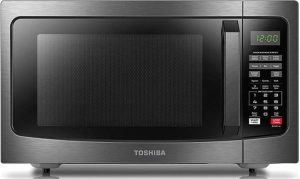
A mid-range microwave oven will cost between $60 and $120. A high-end microwave can cost up to $500. Microwaves come in different sizes, so the price will also depend on how many you need.
What factors affect the price of a microwave oven?
Size, features and power affect the price of a microwave oven. In general, the bigger the microwave and the more features it has, the more expensive it will be. Microwave ovens with higher power will also be more expensive.
How to choose the right microwave oven for your needs?
When choosing a microwave, the options available can be overwhelming. But if you know what to look for, choosing the right one for your needs can be simple.
There are three main types of microwave ovens: solo, grill and convection. Solo microwave ovens are the most basic and affordable type. They are ideal for basic tasks such as heating and defrosting. Grill microwaves have an element that produces intense heat, making them great for grilling and roasting food. Convection microwave ovens have fans that circulate hot air around the food, making them ideal for cooking and baking.
Microwaves come in a variety of sizes, from compact models that are great for small apartments to full-sized models that can accommodate large plates of food. When choosing a size, consider how often you will use it and what you will use it for. If you only need it for occasional heating, a smaller model will suffice. But the larger model will be more versatile if you plan to use it for cooking or baking.
When it comes to features, there are several to consider. One is the auto-cook or auto-heat function, which takes the guesswork out of heating time by automatically setting the timer based on the type of food being heated. The other is a turntable that helps ensure even cooking by rotating the food as it heats up. And if you want to be able to see inside the microwave while it’s in use, look for one with a window.
Finally, consider your budget. Microwave ovens range in price from under $100 to over $500. The most important thing is to choose the one that suits your needs and budget.

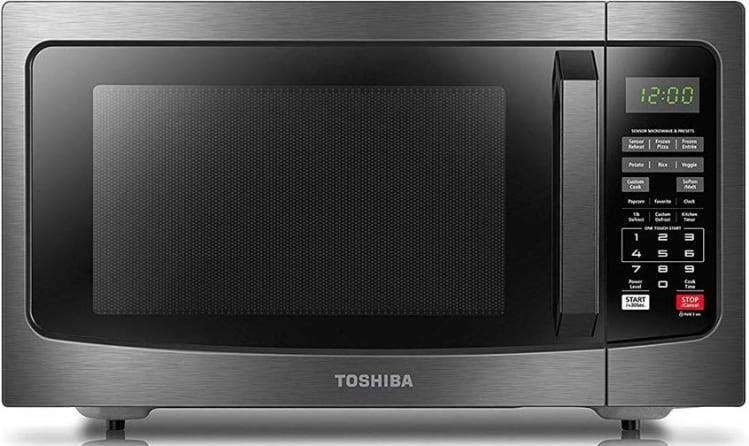
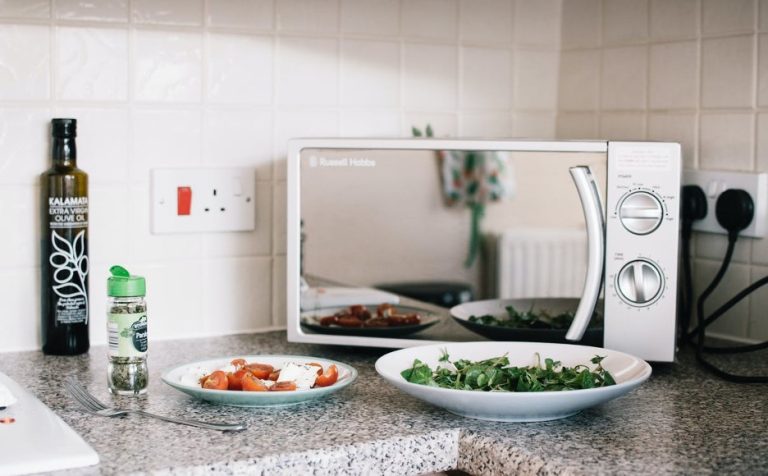
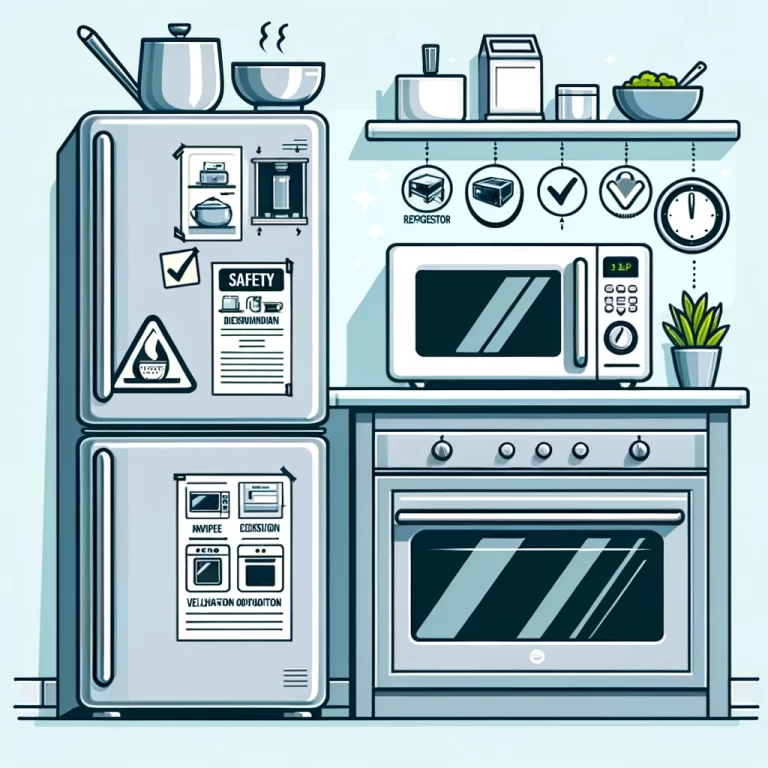

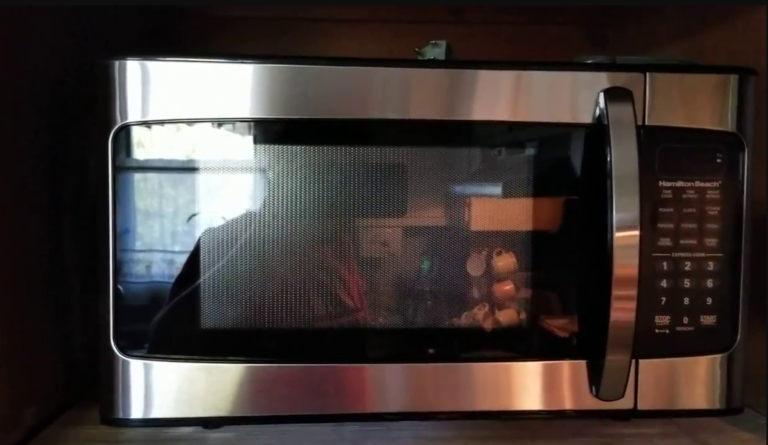
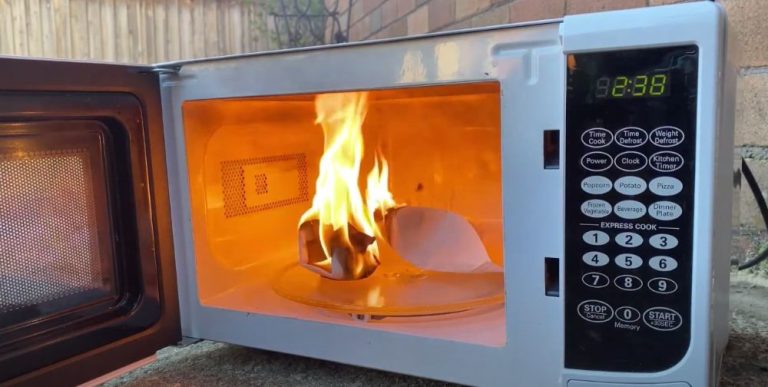
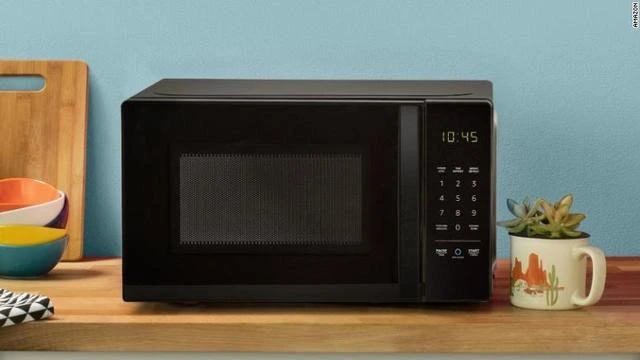
2 Comments